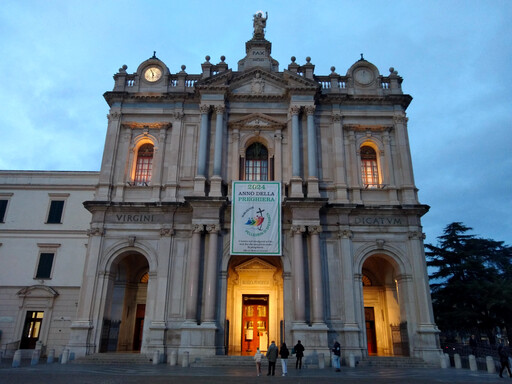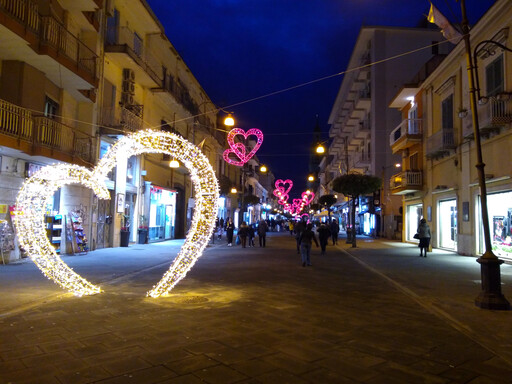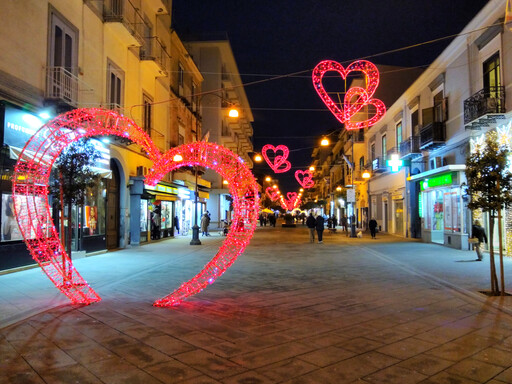Pompeii
If you are obsessed with Ancient Rome as I am (as I hope you are), you knew this was coming. After the Palatine hill in Rome itself, the most famous Roman ruins which survive to this day are certainly the city of Pompeii. As its neighbor Herculaneum, it was at the time at the seaside (built on top of a layer of lava from a previous eruption), it was buried under several meters of volcanic material expelled from mount Vesuvius in 79 AD, remained lost for more than a millennium and a half until it was accidentally rediscovered, and now provides an unbelievable view into what life was like in the Roman empire two thousand years ago.
Unlike Herculaneum, which can comfortably be seen in its entirety in less than a day, it was a much bigger city, with ten to twenty thousand inhabitants and an excavated area of around 3.5km — although not as wealthy as the neighboring seaside retreat, with its abundance of exuberant villae. It has also been more thoroughly explored by archaeologists: since the layer of material which covered it was not as deep (4–6 m), it was discovered earlier, in 1592, and only ⅓ still remains buried. It was, however, much more directly hit by the destructive force of the eruption, so much less of the original structures was preserved.
Here too the excavation process continues to this day, balanced with the need to preserve the parts which have already been unearthed and suffer constant degradation by the elements and the visitors. E.g.: when I was there, a large section called “Regio IX” was closed, a few months later the excavation of a house with a large dining hall covered in frescoes was announced. A look at the news from the past few years demonstrates how these sites are a constant source of discoveries from that period in history.
And, of course, the amphitheater was where the famous Pink Floyd concert was recorded in 1972. I was pleasantly surprised to find an exhibition about it in the galleries there — and reminded of my age when I saw many “youths” pass by in absolute ignorance of what the exhibition was about.
I also could not pass the chance to visit once again the cathedral of Pompei, so here are a few bonus pictures.
Cum me amicis dedi non tamen mihi abduco, nec cum illis moror, quibus me tempus aliquod congregavit aut causa ex officio nata civili, sed cum optimo quoque sum; ad illos, in quocumque loco, in quocumque saeculo fuerunt, animum meum mitto.
When I give myself to my friends, I do not withdraw from my own company, nor do I linger with those who are associated with me through some special occasion or some case which arises from my official position. But I spend my time in the company of all the best; no matter in what lands they may have lived, or in what age, I let my thoughts fly to them.



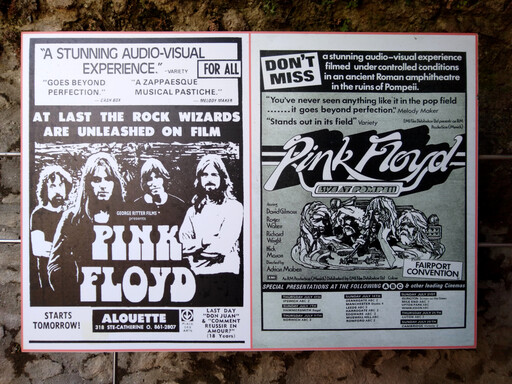


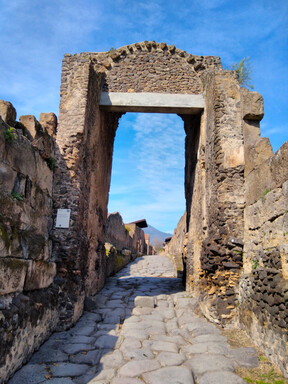


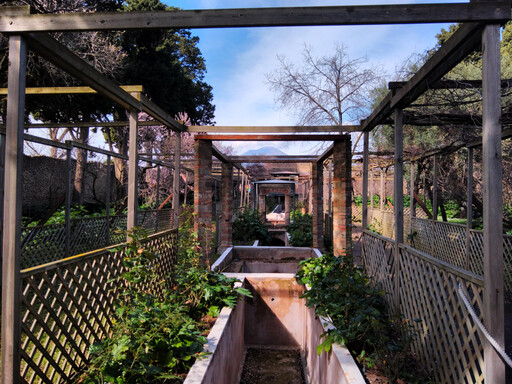
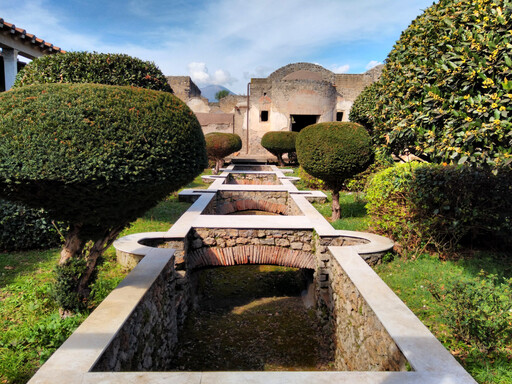
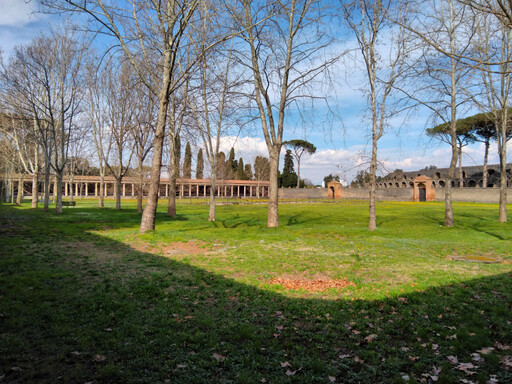

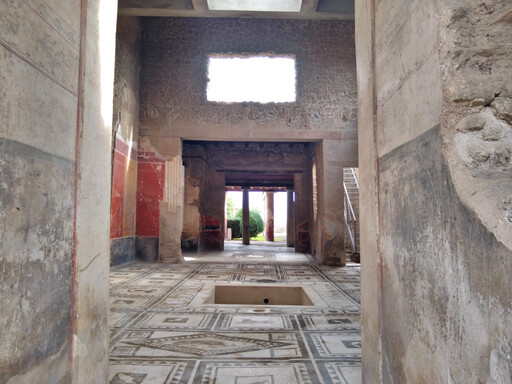
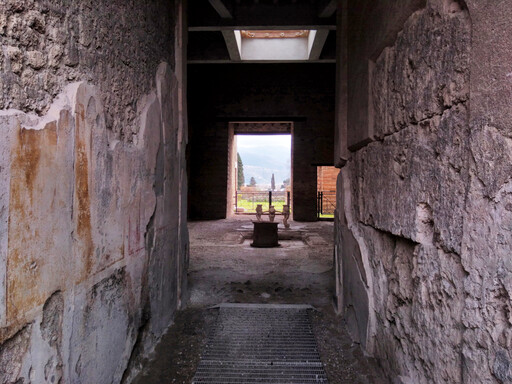
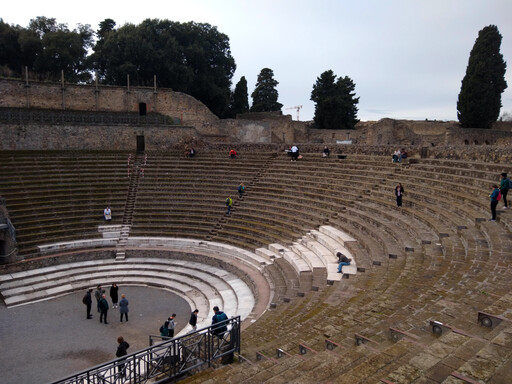



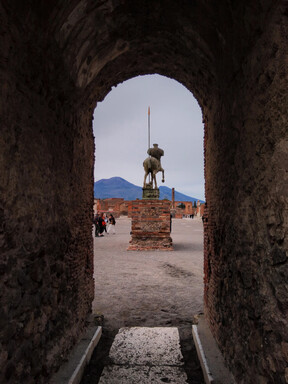
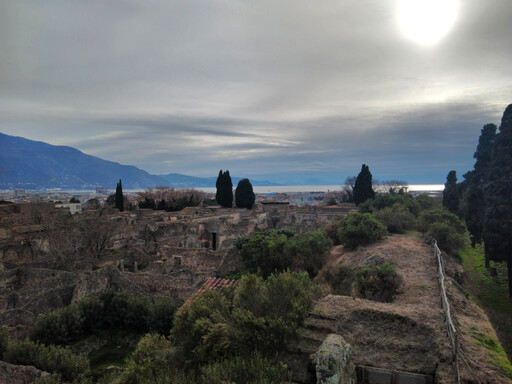
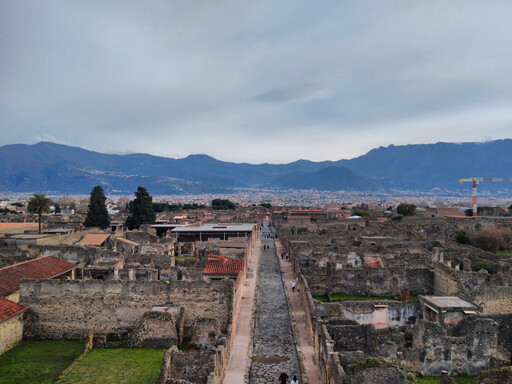

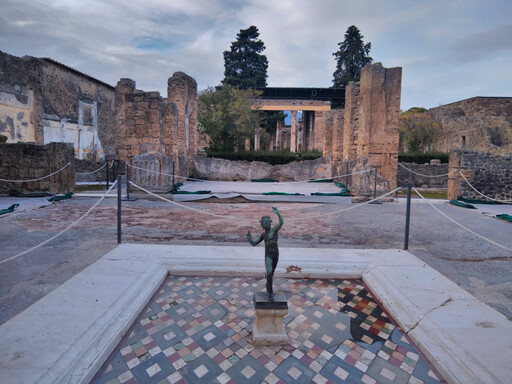
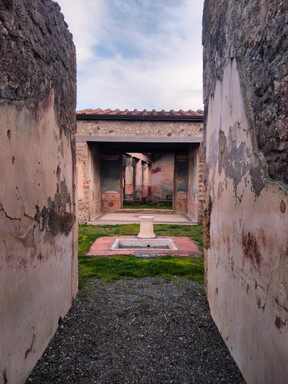

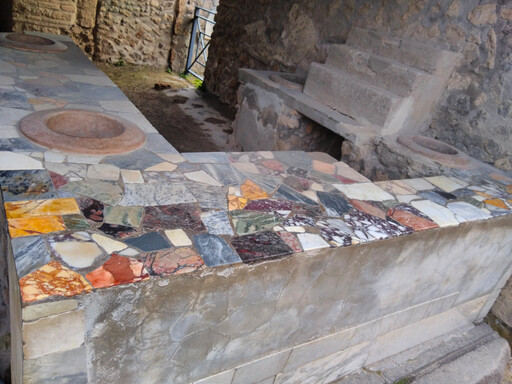

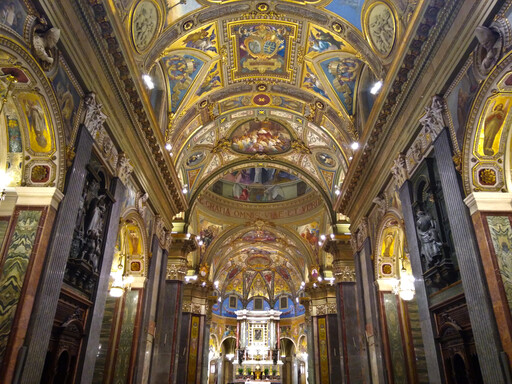
in me omnis spes vitae et virtutis”
— Ecclesiasticus 24:25
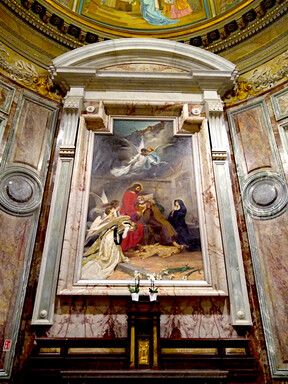
Ponziano Loverini, 1890.
